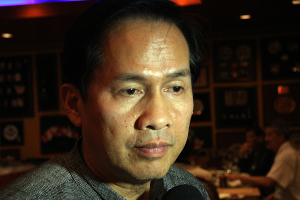Christianity in China
Nestorian Christians first entered China in 635AD along the Silk Route via northwest China. The church they established was largely among foreign groups, rather than the Chinese.
Thereafter Christian influence waxed and waned, often absent for centuries before fresh initiatives were taken. Matteo Ricci, a Jesuit priest, obtained permission to live in China in 1583. However, despite planting a church, he still did not make Christianity a Chinese religion. The dominant religions in China remained Confucianism (more a moral philosophy than a religion), Taoism and Buddhism.
Protestant missions were latecomers to China, traveling on the same boats that brought Western trade and imperialism. Missions established themselves along the east coast in the mid-19th century.
James Hudson Taylor, founder of the China Inland Mission (now OMF International) in 1865, saw the needs of the inland provinces and he and others moved away from the coast, establishing churches and hospitals. At this time, work among minority peoples like the Lisu in western China also began.
By 1949 there were about 6,000 missionaries in China and 20,000 Protestant churches with over a million members. Christianity was established, though not accepted as an indigenous faith.
The Communist party in the 1960s attempted to eliminate organized religion. The Chinese church was isolated and forced underground as the missionaries left. Church buildings were closed and pastors and congregations were imprisoned and persecuted. To the outside world it was difficult to imagine how the church would survive this oppression.
However, as China emerged after Mao




























